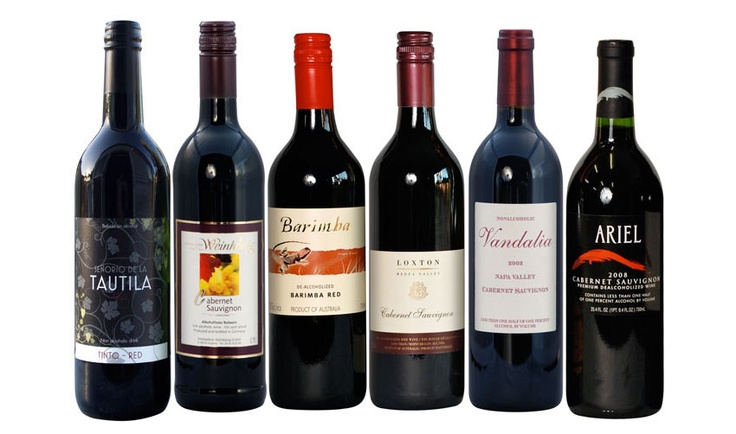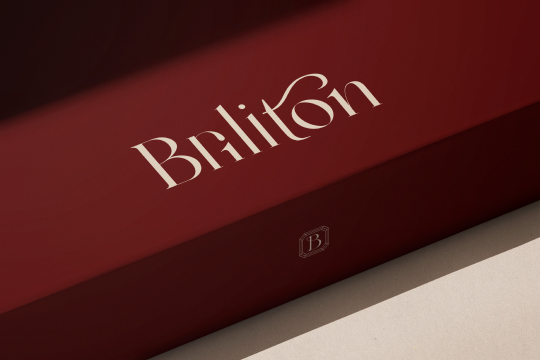Non-alcoholic wines have surged in popularity over the past few years, not only as a substitute for traditional wines but as a lifestyle choice embraced by a diverse range of consumers. Whether driven by health, religion, pregnancy, sobriety, or simply curiosity, people around the world are turning to these alcohol-free alternatives for a sophisticated beverage experience without the intoxicating effects. In this article, we delve into what non-alcoholic wine is, how it’s made, its benefits, and why it’s becoming a staple in modern social and dining culture.
What is Non-Alcoholic Wine?
At its core, non-alcoholic wine is real wine that has had its alcohol removed. It typically starts its life just like any regular wine — made from fermented grapes, aged, and often bottled in similar styles. However, the defining difference is that after the fermentation process (which naturally produces alcohol), a process is undertaken to remove or reduce the alcohol content, often to 0.5% ABV (alcohol by volume) or lower.
The result is a beverage that retains much of the flavor, aroma, and structure of wine but without the effects of alcohol. It’s important to note that non-alcoholic wines are distinct from grape juice — the fermentation and aging stages give them complexity and depth that juice lacks.
How is Non-Alcoholic Wine Made?
There are several methods used to remove alcohol from wine while preserving as much of the flavor as possible. Here are the most common techniques:
Vacuum Distillation
This process heats the wine under reduced pressure, which allows the alcohol to evaporate at a lower temperature. Because of the low heat, the wine’s delicate aromas and flavors are better preserved.
Reverse Osmosis
This method involves passing the wine through a fine membrane that separates the alcohol and water from the flavor and aroma compounds. The alcohol is then removed, and the remaining components are recombined to recreate the wine’s profile.
Spinning Cone Column
This technology uses centrifugal force and steam under vacuum conditions to remove the alcohol. It’s one of the most precise methods, often used in premium non-alcoholic wines.
Each method comes with pros and cons, but advancements in winemaking technology have significantly improved the taste and quality of non-alcoholic wines in recent years.
The Health Benefits of Non-Alcoholic Wine
One of the primary reasons for the growing popularity of non-alcoholic wines is their health appeal. Here are some of the top health-related benefits:
Lower Calorie Content
Without alcohol, non-alcoholic wines are significantly lower in calories than their alcoholic counterparts. This makes them a smart choice for those watching their weight or looking for a lighter option.
No Hangovers
Perhaps the most immediate benefit is the absence of hangovers. You can enjoy a glass or two without the risk of feeling sluggish or dehydrated the next day.
Heart Health Benefits
Studies suggest that the polyphenols in red wine — such as resveratrol — remain in non-alcoholic versions. These compounds may contribute to heart health by lowering blood pressure and improving circulation.
Safe for Pregnant Women and Designated Drivers
Non-alcoholic wines offer a safe and enjoyable alternative for those who avoid alcohol for medical, religious, or lifestyle reasons.
Taste and Variety: A World of Options
Non-alcoholic wine has evolved far beyond the overly sweet, one-dimensional options of the past. Today’s offerings include complex reds, crisp whites, elegant rosés, and even sparkling varieties that can rival Champagne.
Red Wines
Non-alcoholic reds like Cabernet Sauvignon, Merlot, and Pinot Noir aim to retain their rich flavor profiles with notes of berries, oak, and spice. These wines are often best served slightly chilled and pair well with hearty dishes.
White Wines
Chardonnay, Sauvignon Blanc, and Riesling are among the popular white varietals available alcohol-free. These are light, refreshing, and perfect for summer sipping or pairing with seafood and poultry.
Rosé and Sparkling
Dry rosés and bubbly options have become particularly trendy. Sparkling non-alcoholic wine is often used for toasts and celebrations, offering a festive alternative that everyone can enjoy.
Who is Drinking Non-Alcoholic Wine?
The market for non-alcoholic wine is no longer niche. In fact, it appeals to a wide demographic:
- Health-conscious consumers looking to reduce alcohol intake without giving up the experience of wine.
- Sober curious individuals who are exploring a lifestyle with less or no alcohol.
- Pregnant women who still want to enjoy a glass of wine socially.
- Young professionals who want to stay sharp and focused.
- Religious and cultural communities that abstain from alcohol.
This inclusivity has helped non-alcoholic wine gain a foothold in everything from fine dining establishments to casual home gatherings.
Pairing and Enjoying Non-Alcoholic Wines
Pairing food with non-alcoholic wine follows many of the same rules as traditional wine. Reds go well with red meats and rich pastas, whites complement fish and lighter fare, while sparkling wines are versatile and suitable for appetizers and celebrations.
The key to enjoying non-alcoholic wine is serving it properly — ensure it’s at the right temperature, use a suitable glass, and allow it to breathe if needed. These steps can enhance the aroma and flavor, creating a more authentic wine-drinking experience.
Challenges and Future of Non-Alcoholic Wine
While the market is growing, non-alcoholic wine still faces some challenges. Some connoisseurs argue that it lacks the complexity of traditional wine, and not all alcohol-free varieties are created equal. However, as technology and craftsmanship improve, so does the quality.
The future looks bright, with an increasing number of winemakers investing in non-alcoholic lines. Major brands are entering the space, and specialty producers are emerging with unique, small-batch offerings. As consumer demand rises, so does the innovation.
Conclusion
Non-alcoholic wines is more than just a trend — it’s a reflection of changing lifestyles, increased health awareness, and a desire for inclusion. It allows people to enjoy the taste, ritual, and sophistication of wine without the drawbacks of alcohol. Whether you’re abstaining permanently or just cutting back, non-alcoholic wine offers a delightful and guilt-free option for any occasion.
In the end, wine is about more than alcohol — it’s about flavor, culture, and connection. And non-alcoholic wine proves you don’t have to compromise any of that.




